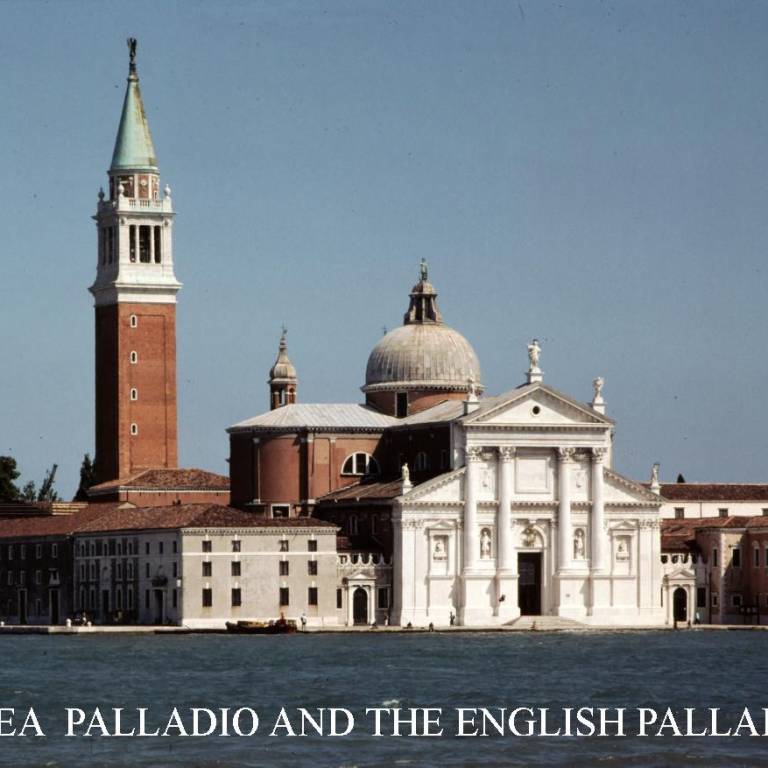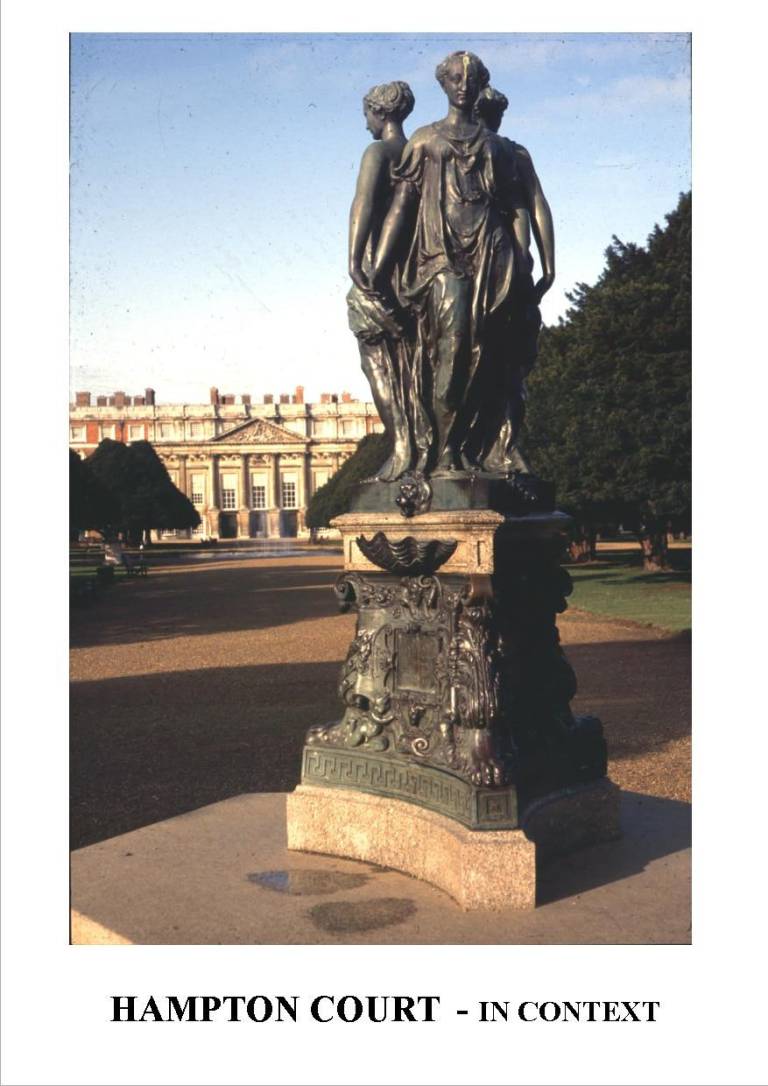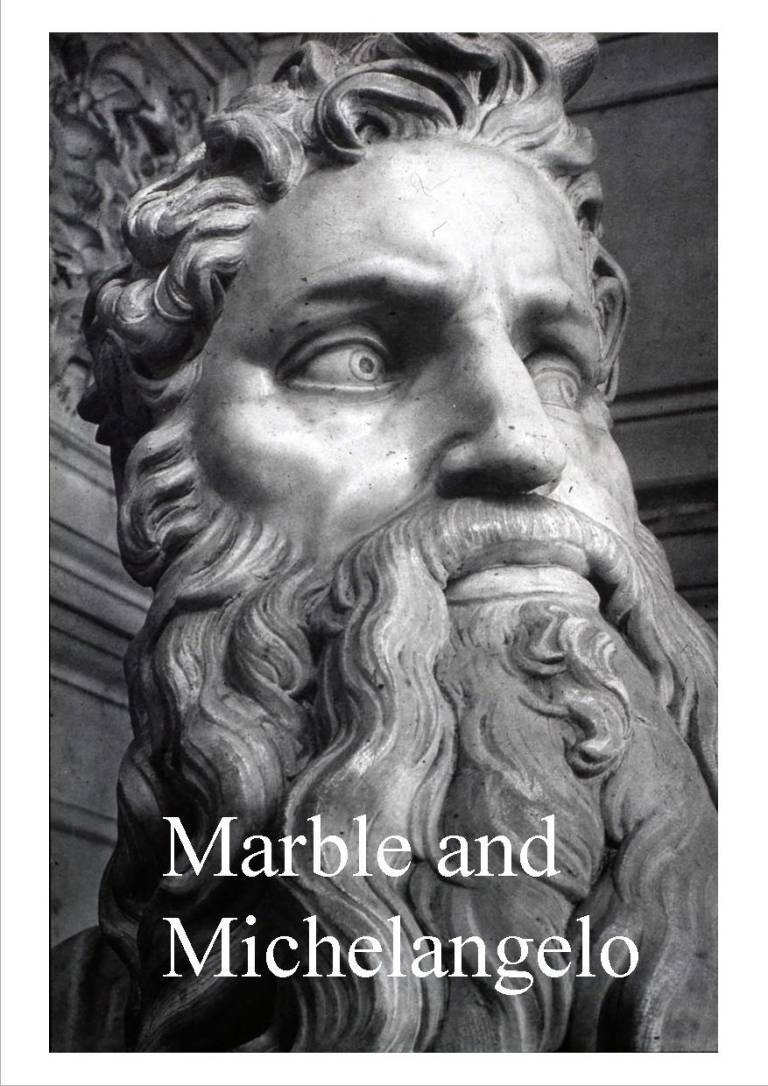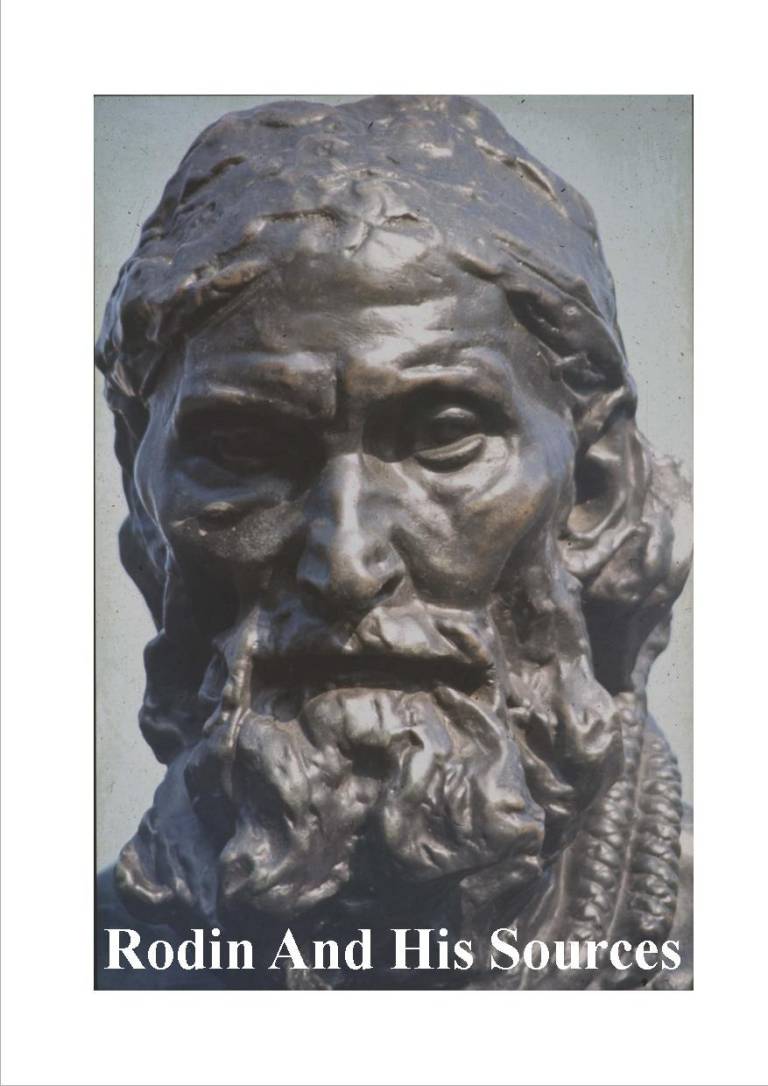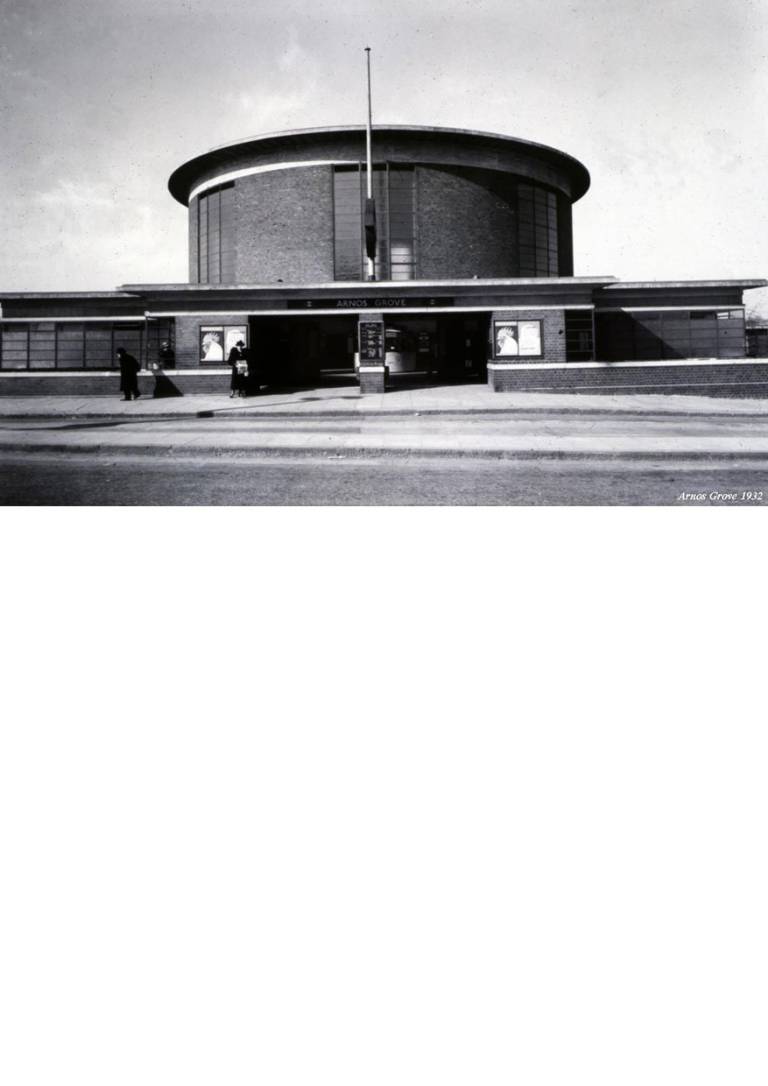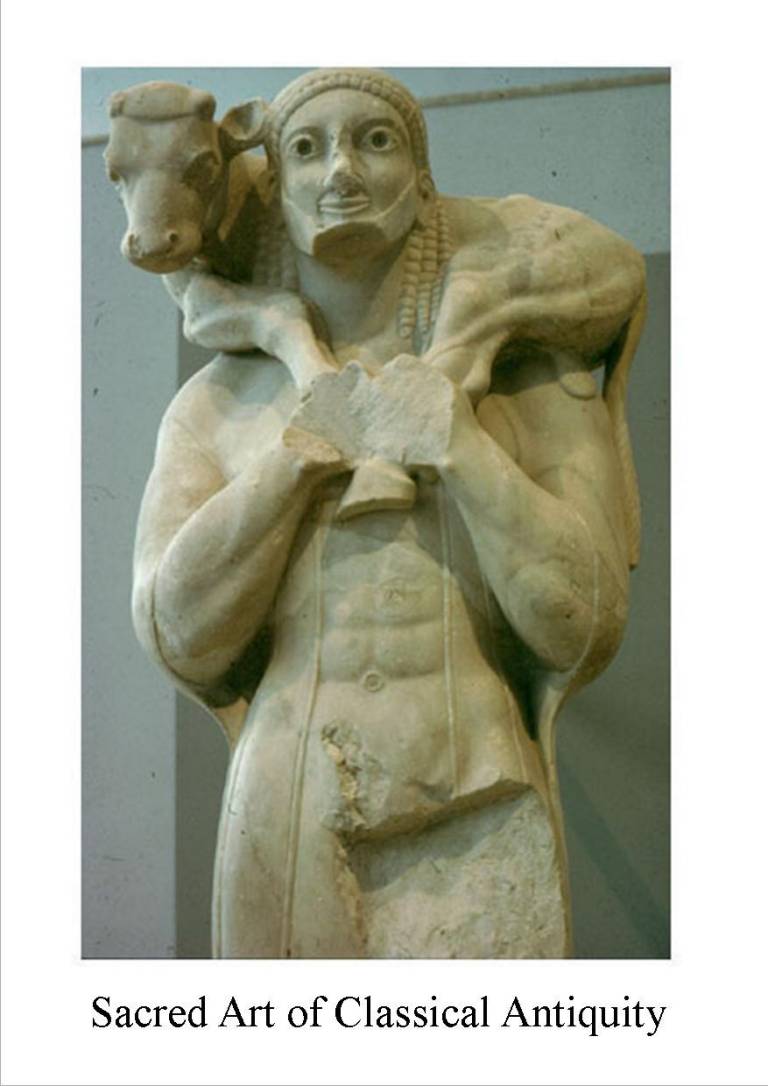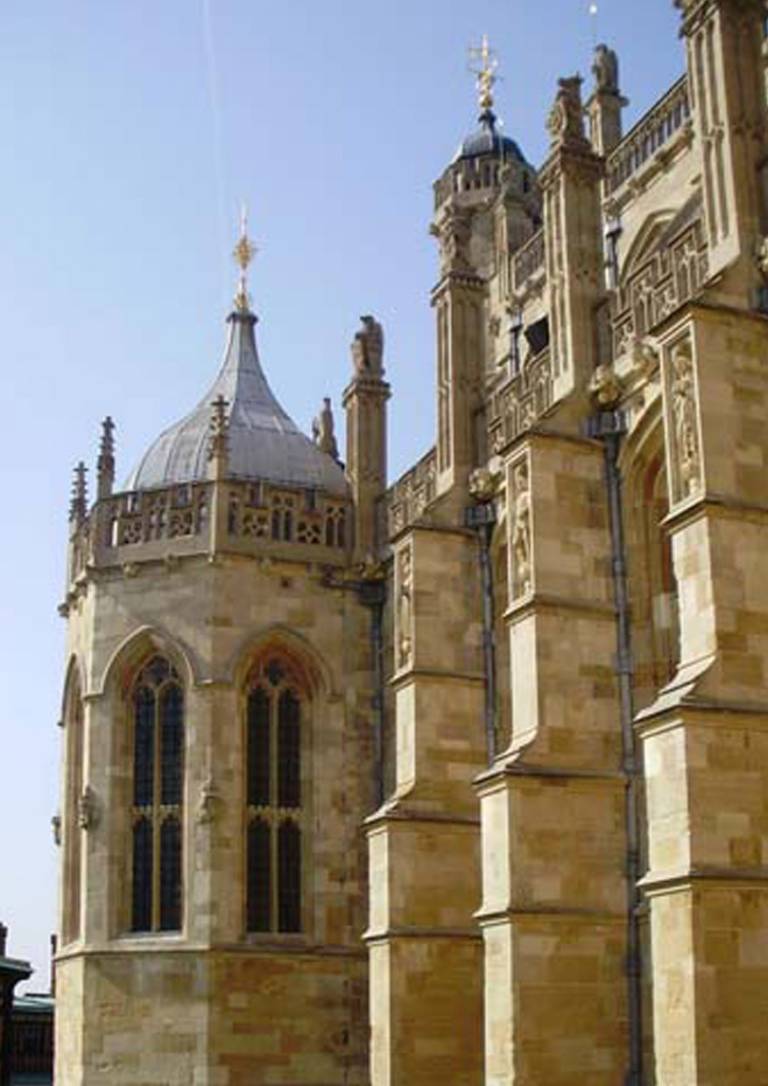The stone mason, Andrea di Pietrodella Gondola, was already thirty years old when he was given the nickname, “Palladio” by a humanist patron, who adopted him as protégé when working on his villa. The name stuck. Deeply interested in antiquity, Palladio published his famous “Four Books of Architecture” in Venice in 1570. There were already several books on how to build like the Romans, but Vitruvius came without pictures and didn’t match the classical ruins, and none of the others was at all clear what to do in practical situations, such as how to achieve entasis on a column without arcane calculations. The stone mason, however, made only suggestions which would work on site, since he was a practical man, and his illustrations were clear to follow. So his books on architecture, though not the first, proved extremely popular. Inigo Jones and Christopher Wren owned copies, but the real fashion for Palladio began in the eighteenth century when he was seen as the builder’s bible by the Palladian movement. Thus nearly two centuries after he had published them, his volumes were translated into English, and one can hardly visit a National Trust House at the weekend without coming face to face with his influence. After a brief account of his life and major works, the lecture concludes with some famous English examples of Palladianism including Chiswick House and Holkham Hall, silver candle sticks, and even William Kent’s royal barge for Prince Frederick!
Although offered as a one hour lecture, this subject is also available in fuller form as a study day. Illustrated throughout with original colour photographs by the lecturer, except where otherwise stated.
